The Paradox of Learning
Mental Game
There is a problem with learning, and it is one of the main reasons so few are able to continually progress with golf improvement. Purely understanding the problem can help limit its effects and allow for continual enhancement of technique and golfin
There is a problem with learning, and it is one of the main reasons so few are able to continually progress with golf improvement. Purely understanding the problem can help limit its effects and allow for continual enhancement of technique and golfing skills. I call it ‘The paradox of learning’.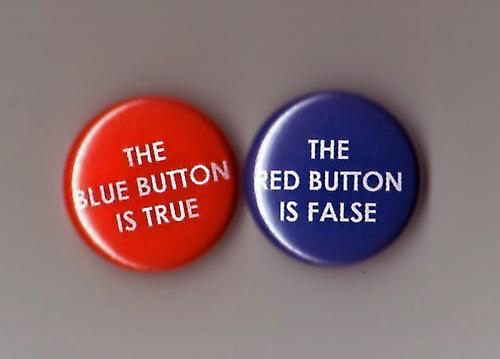
The paradox of learning is this; in order to improve something, we have to change something. In the act of changing something, it is usually uncomfortable and requires more thought. When something is uncomfortable or forces us to think too much and become too aware, our performance can suffer short-term. Therefore, in order to improve something, we often get worse initially.
 Whilst that last line is kind of tongue in cheek, it often sums up the case with learning certain things. A grip change, for example, can be so uncomfortable for a person that, even if it looks like a professional’s grip, it can perform awfully for the player. Not only is the feeling of a new grip so strange, but the act of thinking about how to produce that grip can interfere with the conscious mind of the player to the extent that their co-ordination is compromised.
Whilst that last line is kind of tongue in cheek, it often sums up the case with learning certain things. A grip change, for example, can be so uncomfortable for a person that, even if it looks like a professional’s grip, it can perform awfully for the player. Not only is the feeling of a new grip so strange, but the act of thinking about how to produce that grip can interfere with the conscious mind of the player to the extent that their co-ordination is compromised.
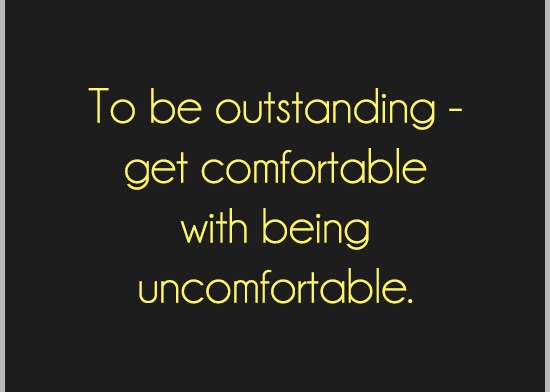 I remember the first couple of times my teacher showed me the professional grip, I refused to do it as it felt so uncomfortable. Even after reading it in several other books, I was reluctant to accept it. It was only when my improvement stagnated that I begrudgingly accepted that this might be the way forward, and that I would have to go through the pain of the change to reap the benefits.
I remember the first couple of times my teacher showed me the professional grip, I refused to do it as it felt so uncomfortable. Even after reading it in several other books, I was reluctant to accept it. It was only when my improvement stagnated that I begrudgingly accepted that this might be the way forward, and that I would have to go through the pain of the change to reap the benefits.
This eventually (after about a week) served me well, and I never looked back. This single experience was one of the most life changing experiences, as it set me up to be able to learn many more things including musical instruments, languages and other sports. I now do the grip that I so unwillingly accepted all those years ago, only now it feels amazing and so comfortable that it is automatic.
Cheat the System
One of the ways around this problem of discomfort is through task led changes, such as trying to hit the divot in the correct place to improve weight shift, or curve the ball around a tree to change path and face. Task led changes generally have much more of an external focus – which has been proven to improve learning and retention – and also require less conscious thought to create favorable chnages in body motion.
I personally try to use task led changes whenever possible as I feel they are a much more natural way of learning.
Ramp it up
We can also take the change, and vary the amount of it. Find the right amount that works best for you now – it may be somewhere in between what you do now and what you desire. Continue to strive for what you ‘should’ be doing, but understand that taking an incremental approach there may be the best option.
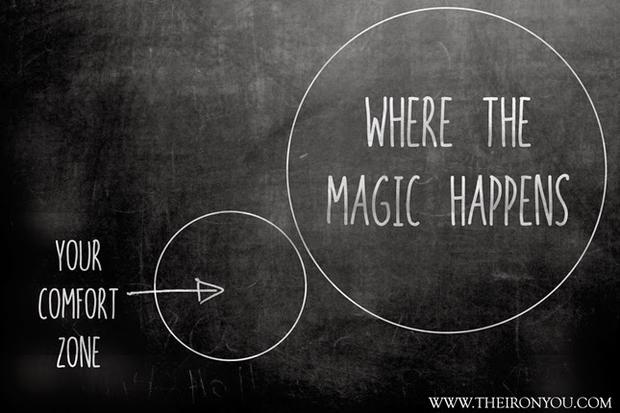 One of the ways to achieve this is through structuring your practice effectively. Do half of your practice working on what you ‘want’ and the other half of it working on what feels comfortable and gives you the best results at this moment. Again, it is different in every situation, but I often suggest that people play on the course in a more comfortable state. The main situation where this would change is when the player performs better with the swing change – despite it being uncomfortable
One of the ways to achieve this is through structuring your practice effectively. Do half of your practice working on what you ‘want’ and the other half of it working on what feels comfortable and gives you the best results at this moment. Again, it is different in every situation, but I often suggest that people play on the course in a more comfortable state. The main situation where this would change is when the player performs better with the swing change – despite it being uncomfortable
I have to put in the disclaimer that this paradox is not always true. In certain situations, thinking about it more can improve both technique and performance. This usually happens if the technique used before was very poor, and so any change will result in an immediate performance improvement.
Also, a certain amount of concentration can be beneficial for performance, as long as it is limited to one simple thing. A good teacher has the ability to take a complex task (such as improving a golf swing) and summarize it into an easily manageable chunk – this is what I continually strive for.
The Lesson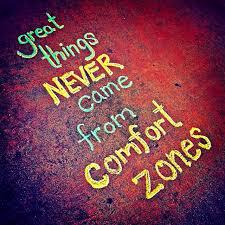
The lesson here is that, sometimes making a change is difficult. You are sometimes going to have to swallow your pride and grind through a change until it is ingrained. Just like I discussed in the stages of learning, once you have repeated it a few times it will become more comfortable and you will have to think about it less and less – both of these factors improving performance. But if you only ever go with what is comfortable and ingrained, there might be a limit to your potential.
I don’t think that every change you make to your game is going to cause you to run into this issue. I would say 90% of my pupils leave a lesson hitting the ball consistently better (with the rest requiring a few more reps in practice), but those initial moments of change (first 20-40 balls) are vital – and if you cannot get through that small period of potentially poorer performance, you might be trapped forever in the golf you currently have.
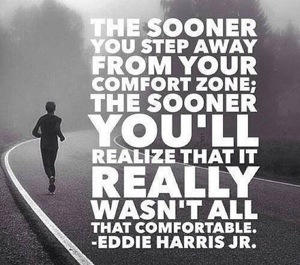 However, if you are at least prepared for this paradox to be the case, then it can help you get further in your improvement. Be patient with your changes, and you will be rewarded.
However, if you are at least prepared for this paradox to be the case, then it can help you get further in your improvement. Be patient with your changes, and you will be rewarded.
Cliff Notes
- Change can often induce a short term decline in performance.
- This usually is only the case in the early stages of learning while our body is trying to figure it out.
- Prepare for this paradox, and understand there is a rainbow on the other side
- Sometimes learning can a case of one step back, two steps forwards. If you are unable to take the step back, you may end up in the same place forever.

